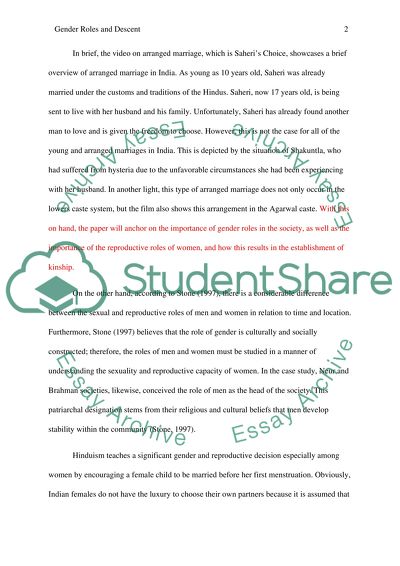Cite this document
(“Gender Roles and Descent Essay Example | Topics and Well Written Essays - 1500 words”, n.d.)
Retrieved de https://studentshare.org/anthropology/1468756-gender-roles-and-descent
Retrieved de https://studentshare.org/anthropology/1468756-gender-roles-and-descent
(Gender Roles and Descent Essay Example | Topics and Well Written Essays - 1500 Words)
https://studentshare.org/anthropology/1468756-gender-roles-and-descent.
https://studentshare.org/anthropology/1468756-gender-roles-and-descent.
“Gender Roles and Descent Essay Example | Topics and Well Written Essays - 1500 Words”, n.d. https://studentshare.org/anthropology/1468756-gender-roles-and-descent.


